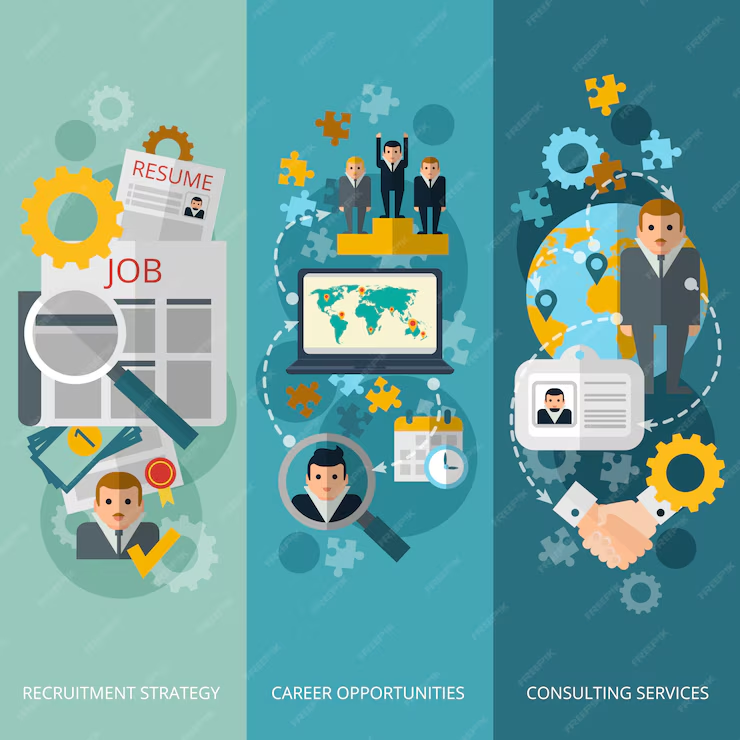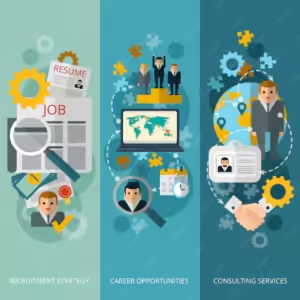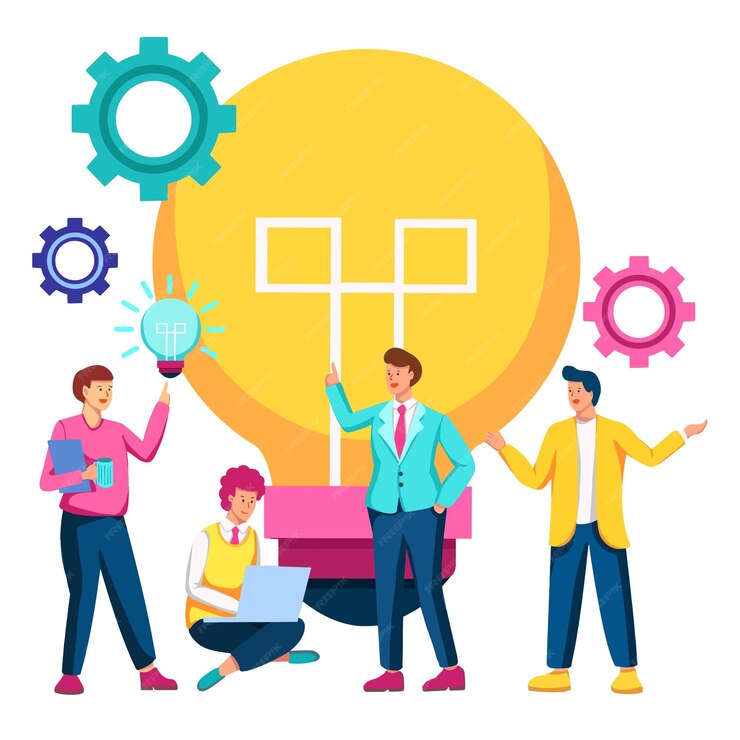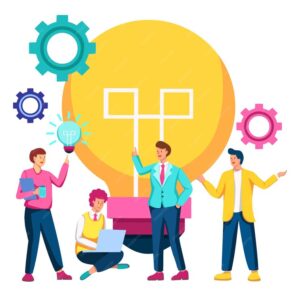Positive Strategies to Enhance Internal Communication and Team Spirit in Small and Medium Enterprises
Introduction
In the dynamic landscape of small and medium enterprises (SMEs), fostering robust internal communication and cultivating a strong team spirit are pivotal for sustained growth and success. This article delves into effective strategies aimed at bolstering internal communication channels and nurturing a cohesive team culture within SMEs. By implementing these strategies, businesses can enhance productivity, employee satisfaction, and overall organizational effectiveness.
Understanding Internal Communication
Internal communication forms the backbone of any organization, serving as a conduit for sharing information, aligning goals, and fostering collaboration among team members. Within SMEs, where teams often work closely together, effective internal communication becomes even more critical. Clear and transparent communication channels facilitate the dissemination of vital information, promote innovation, and mitigate conflicts.
Importance of Team Spirit in SMEs
Team spirit encompasses the collective mindset, camaraderie, and shared values among employees within an organization. In SMEs, where teams function as tight-knit units, cultivating a positive team spirit fosters a sense of belonging, encourages mutual support, and enhances morale. A cohesive team spirit not only improves employee engagement but also drives creativity and innovation, propelling the business towards its objectives.
Strategies for Enhancing Internal Communication
1. Establishing Open-door Policies
An open-door policy encourages transparent communication by allowing employees to voice their concerns, ideas, and feedback without hesitation. This fosters a culture of trust and transparency, enabling leaders to address issues promptly and make informed decisions collaboratively.
2. Implementing Regular Feedback Mechanisms
Feedback mechanisms, such as employee surveys, one-on-one meetings, and suggestion boxes, provide valuable insights into organizational dynamics and employee sentiments. By soliciting and acting upon feedback, SMEs demonstrate a commitment to employee welfare and continuous improvement.
3. Leveraging Technology for Communication
Embracing digital tools and platforms facilitates seamless communication, especially in remote or distributed teams. Utilizing instant messaging apps, project management software, and video conferencing tools enhances accessibility and promotes real-time collaboration among team members.
Strategies for Cultivating Team Spirit
1. Encouraging Team Building Activities
Organizing team building exercises, retreats, and social events strengthens bonds among team members and fosters a sense of unity. Engaging in shared experiences outside the workplace promotes camaraderie and enhances teamwork.
2. Recognizing and Celebrating Achievements
Acknowledging individual and team accomplishments instills a sense of pride and motivation among employees. Recognizing achievements publicly, whether through awards, shout-outs, or team lunches, reinforces positive behavior and fosters a culture of appreciation.
3. Promoting Open Communication Channels
Creating forums for open dialogue and idea exchange encourages employees to voice their opinions and contribute to decision-making processes. By fostering an environment where every voice is heard and valued, SMEs empower their teams and cultivate a sense of ownership and commitment.

Frequently Asked Questions
How can SMEs improve internal communication?
SMEs can enhance internal communication by establishing clear channels for feedback, fostering an open-door policy, utilizing digital tools for seamless communication, and conducting regular team meetings to ensure alignment and transparency.
What role does technology play in enhancing team collaboration?
Technology facilitates team collaboration by providing instant communication channels, project management tools for task coordination, virtual meeting platforms for remote teams, and document sharing platforms for real-time collaboration, thereby enhancing efficiency and productivity.
Why is team spirit crucial for SMEs?
Team spirit fosters a sense of camaraderie, mutual support, and shared goals among employees, leading to higher morale, increased productivity, and a positive work environment. It encourages collaboration, innovation, and a sense of belonging, essential for SMEs’ success.
How can leaders encourage employee feedback?
Leaders can encourage employee feedback by creating an open and non-judgmental environment, actively seeking input during meetings, implementing anonymous suggestion boxes, conducting regular surveys, and acknowledging and acting upon feedback received.
What are some effective team building activities for small teams?
Effective team building activities for small teams include outdoor retreats, team lunches, escape room challenges, volunteer work, team sports, and collaborative projects. These activities promote bonding, trust, and communication among team members.
How does recognition contribute to team morale and motivation?
Recognition boosts team morale and motivation by acknowledging and appreciating individual and team achievements, reinforcing positive behavior, and fostering a culture of appreciation and belonging. It instills a sense of pride, loyalty, and commitment among employees.
Conclusion
In conclusion, effective internal communication and a strong team spirit are indispensable elements for the success of small and medium enterprises. By adopting proactive strategies to enhance communication channels and cultivate a cohesive team culture, SMEs can foster innovation, boost productivity, and achieve sustainable growth. Embracing openness, leveraging technology, and prioritizing employee engagement are key steps towards building a thriving organizational ecosystem.



















